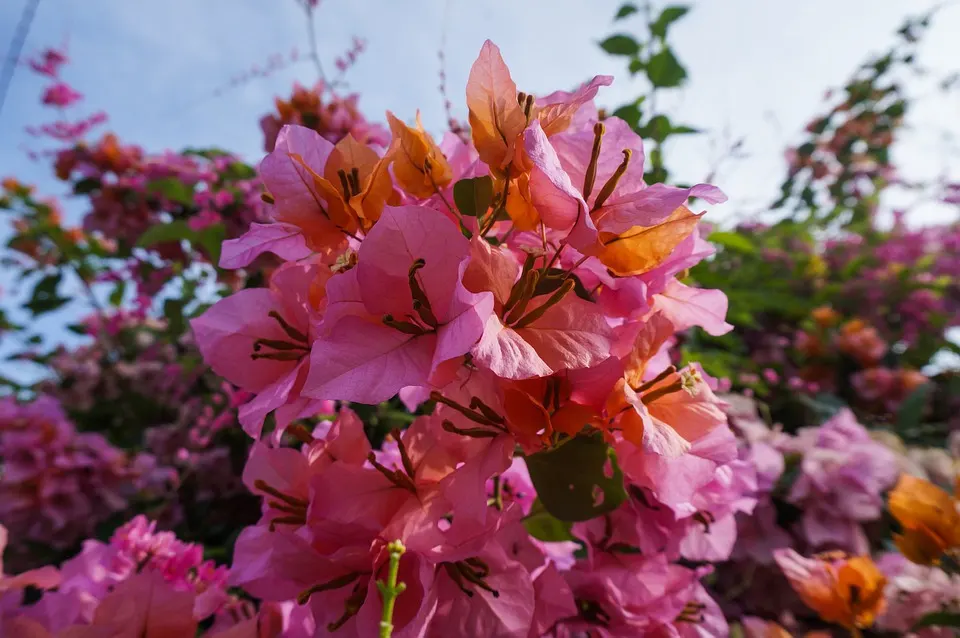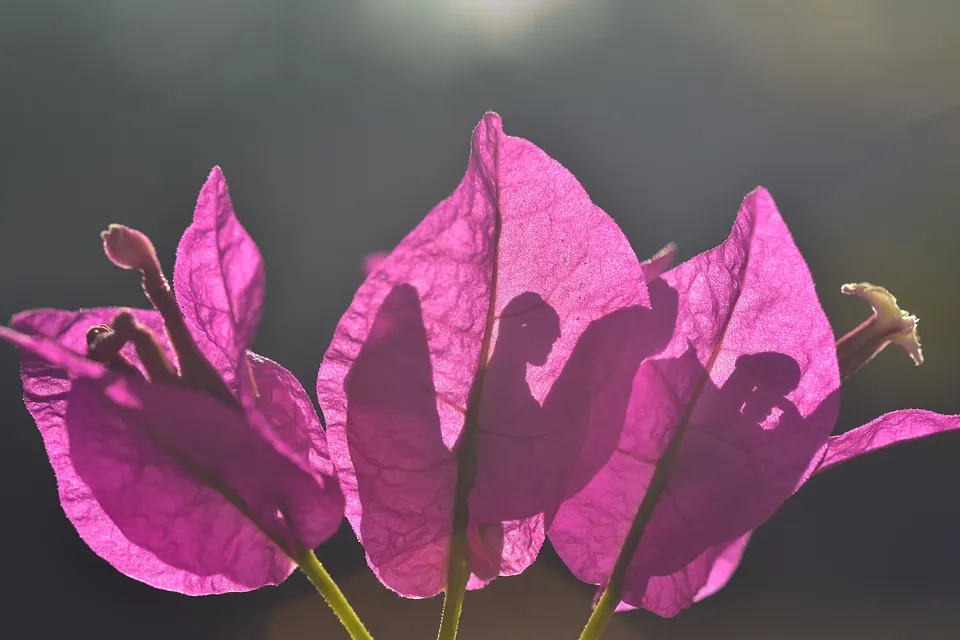How to Repot a Bougainvillea Bonsai
With its beautiful paper-like bracts and flowers, the Bougainvillea has crept into the bonsai hobby. Any bonsai collection is better off having at least one of these beautiful flowering trees. These monstrous growers can grow up to 36 inches in one year if taken well care of. It means you can end up with a stunning bonsai in just a couple of years.
Part of taking care of your bonsai includes repotting it every two to three years. Repotting your Bougainvillea bonsai is essential to ensure that its roots remain healthy and the soil is replenished with nutrients. If you were to leave your Bougainvillea bonsai in the same pot, it could cause the roots to become pot bound, at which point they will start strangling each other, and your bonsai will die.
The best time of year to repot your Bougainvillea is in early spring before the new buds start forming. While it is possible to repot at other times of the year, it is only recommended that you do this if you fear your Bougainvillea bonsai might be dying in its current pot because of issues with the roots. These issues can include your bonsai being pot bound or the potential of root rot.
Repotting a Bougainvillea Bonsai
Repotting a bonsai is a very rewarding experience. Unlike the foliage and flowers, you hardly ever see the root system. This is your chance to see how the root system is developing, any potential issues, and make any corrections that will improve the nebari (root flare) or your Bougainvillea bonsai.
1. Get All Your Tools and Supplies Together
Start the process by gathering all the tools and supplies you will need. You will need a new bonsai container (unless you will be replanting it into the same one), root rake or chopstick, clean root pruning scissors, fresh bonsai soil, fine mesh, bonsai wire, and wire cutters.
2. Remove Bougainvillea from Current Pot
You want to remove the Bougainvillea from its pot gently. You might want to use gloves to protect you from the thorns. If it’s been in the same container for two or more years, it should lift out fairly easily in one piece.
3. Comb Out the Roots
Gently start removing the soil from the root ball. Don’t work too rough as you could harm the finer feeder roots of your Bougainvillea bonsai. You can also use a chopstick to tease away the soil from more compact areas around the roots. Once all the soil has been removed, comb out your roots in a radial pattern.
4. Trim the Roots
Once your roots have been combed out, you can trim them back. Make sure that you are trimming the roots equally and that they remain balanced. It’s important to establish a good nebari at the base of the trunk. Never trim more than ⅓ of the roots, and also try to keep the size of the root mass balanced with the foliage. Cover the roots with a damp cloth once done.
5. Prepare the New Container
Wire the fine mesh into place in your new pot making sure to cover the drainage holes. You can also add wire to keep your Bougainvillea bonsai in place. Next, you can add your bonsai soil to the pot. Make sure to heap a mound of soil in the center of your pot for your bonsai to sit on.
6. Place Your Bonsai in the Pot
Next, place your tree in the pot. Do not rush this step. Make sure that you look at the tree from all angles so that you can align the front of the tree with the front of the pot. Once you are happy with the placement of the bonsai in the pot, you can cover the roots with more bonsai soil and secure it in place with the wire. Use a chopstick to work the soil in between all the roots and cover any gaps. Give your bonsai a thorough watering before placing it back in its spot.
Repotting Tips
We know it can sometimes feel overwhelming to repot a bonsai, and the learning curve might seem intimidating. Here are a few tips from the experts to help make things a little easier.
- Try to do any repotting on an overcast or cloudy day if possible. Do not repot on a very hot or humid day as this can dry out the roots much faster.
- If you are repotting a very pot-bound bonsai or working with nursery stock and the roots are very tangled, and you struggle to loosen the soil, you can dunk the roots in a tub of water to dislodge the soil.
- Suppose you are working on nursery stock or trees harvested from the wild, and you find that you have a very big taproot. In that case, you may have to wait a few seasons before planting in a bonsai container as you will gradually have to cut back the taproot to promote the growth of feeder roots to keep the tree alive.
- Don’t underestimate the importance of combing out your roots. It can be intimidating to work with roots as they are so critical to the tree’s health and many beginners rush the process to get the tree back in the soil. The nebari development is very important in bonsai and will make your tree look much older if properly developed.
Enjoy the process. It’s the only time in the next few years that you will see the roots. Take some time to enjoy it and appreciate the health and development of your tree.
Final Thoughts
Repotting is one of my favorite tasks when it comes to the art of bonsai. The roots are such a critical part of the health of your Bougainvillea bonsai, and we so rarely get a chance to see what’s going on below the soil. You will find the process very enjoyable if you choose the right time of year and a nice cloudy day to repot your Bougainvillea bonsai. Your bonsai will also benefit from repotting as it will have more space to grow and fresh nutrients to help it thrive.







